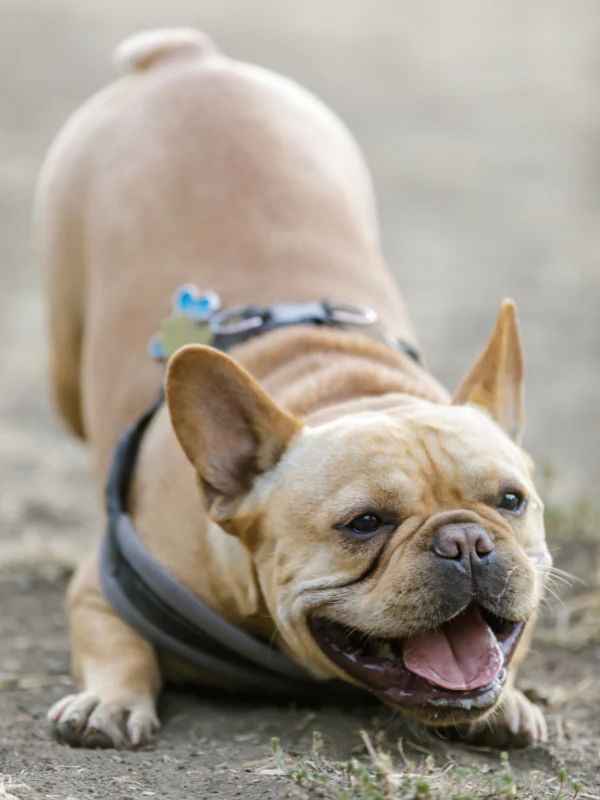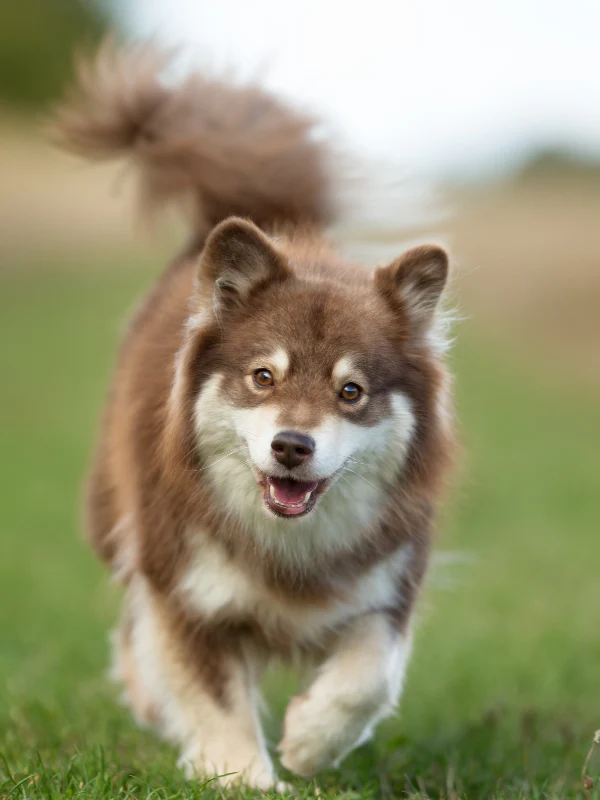Mastering Canine Communication: A Comprehensive Guide to Understanding Your Puppy's Body Language and Signs
Whether you're a first-time puppy parent or an experienced dog owner, learning to read your puppy's body language is essential. After all, dogs may not speak our language, but they communicate through their actions and expressions. This article is here to help you understand the subtle signals your puppy uses to express their emotions and needs. Dogs, especially puppies, use a wide range of non-verbal cues to communicate. These include body posture, facial expressions, tail movements, and vocal sounds. By learning to interpret these signs, you can build a stronger bond with your furry friend and respond more effectively to their needs. Recognizing your puppy's body language helps prevent misunderstandings that can lead to stress or anxiety. It also allows you to address their needs before they escalate into behavioral problems. Understanding what your puppy is trying to say can make your relationship more rewarding and peaceful. Every puppy has its own personality, but there are common signs that indicate their emotional state. Here are some key signals to look out for: A happy puppy usually has a relaxed body, a wagging tail held in a neutral position, and ears that are forward or neutral. They might also show excitement by playing or initiating a "play bow." If your puppy is scared, they may try to shrink in size, tuck their tail between their legs, flatten their ears, or avoid eye contact. In some cases, they might even show "whale eye," where the whites of their eyes are visible. In addition to body language, puppies use sounds like barking, whining, growling, and howling to express themselves. Each sound has its own meaning and context. Barking can mean different things—short, sharp barks often signal alarm, while high-pitched, repeated barks may indicate excitement. Learning to differentiate between these sounds helps you respond appropriately to your puppy's needs. Whining or whimpering usually indicates distress, fear, or a need for attention. Sometimes it's just a way for your puppy to get your focus, so pay attention to the situation when it happens. 1. How can I learn to understand my puppy's body language? Observing your puppy closely and being patient is key. Take time to study their posture, tail movement, and facial expressions in different situations. 2. Why does my puppy seem anxious all the time? Anxiety could be due to lack of socialization, past experiences, or health issues. If it persists, consult a vet or a professional trainer. 3. What should I do if I don't understand what my puppy is trying to say? Don’t worry—this is a learning process. Reach out to professionals for guidance if needed. 4. Does my puppy understand me? Yes, dogs are very perceptive. They pick up on your tone of voice, body language, and even your mood. 5. How can I improve my understanding of my puppy's behavior? Spend quality time with them, observe them in different settings, and consider taking a course or reading books on dog behavior. 6. What’s the best way to respond to my puppy’s signals? Respond calmly and consistently. Reward positive behavior, correct negative actions gently, and offer comfort when they’re scared. Learning to understand your puppy’s body language takes time, but it’s one of the most rewarding skills you can develop as a pet owner. With patience and observation, you’ll be able to connect with your puppy on a deeper level. Remember, communication works both ways—just as you’re learning to understand your puppy, they’re learning to understand you. Together, you can build a strong, loving relationship based on mutual respect and trust.
Understanding Canine Communication
Why Is It Important to Understand Your Puppy’s Body Language?
Decoding Your Puppy’s Basic Signals

The Happy Puppy
The Scared Puppy
Understanding Your Puppy’s Vocalizations
The Meaning Behind Barks
Whining and Whimpering

Frequently Asked Questions
Conclusion